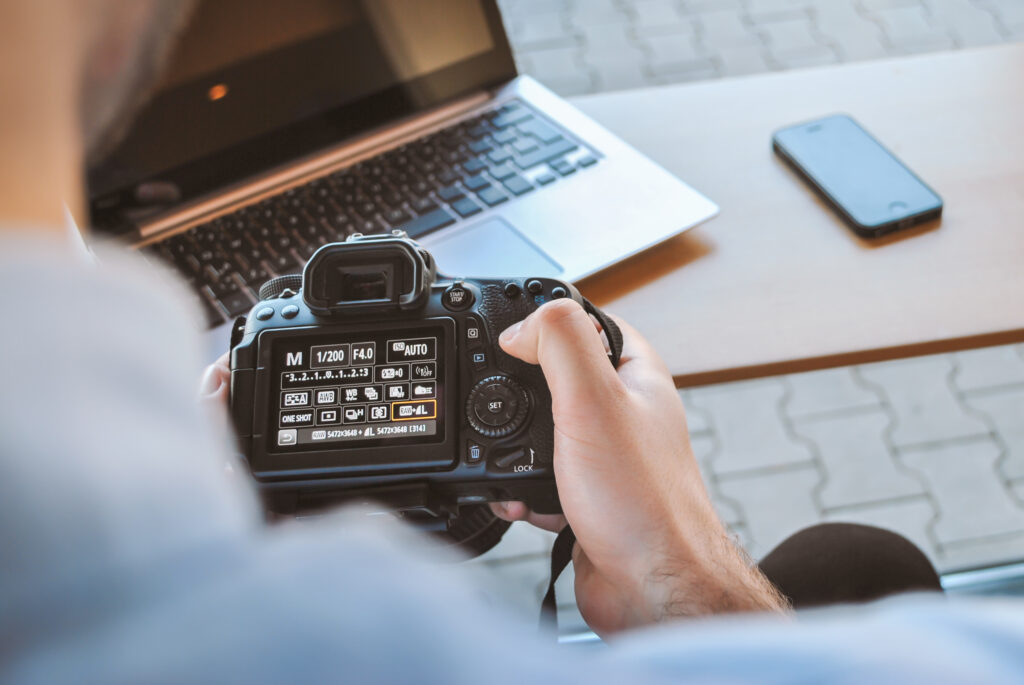Camera Settings Explained: ISO, Shutter Speed, Aperture (2025 Beginner’s Guide)
If you want to take control of your photography, you need to master the exposure triangle — ISO, shutter speed, and aperture. These three settings work together to control how bright or dark your photo is, and they also affect sharpness, motion, and background blur.
Let’s break them down in simple terms.
🌞 1. ISO (Camera’s Sensitivity to Light)
- What it is: ISO controls how sensitive your camera’s sensor is to light.
- Low ISO (100–400): Less sensitive, cleaner images, less noise. Best for bright daylight.
- High ISO (800+): More sensitive, brighter photos in low light, but adds grain/noise.
👉 Example: At a concert, you might raise ISO to 1600–3200 to capture the moment without blur.
⏱ 2. Shutter Speed (How Long the Camera Sees Light)
- What it is: The time your camera’s shutter stays open.
- Fast Shutter (1/1000s): Freezes action (sports, wildlife, dance moves).
- Slow Shutter (1/30s or slower): Creates motion blur (light trails, waterfalls).
👉 Example: To capture a bird in flight, use 1/2000s. For night cityscapes, slow it down to 5–10 seconds with a tripod.
🎯 3. Aperture (How Wide the Lens Opens)
- What it is: The size of the lens opening that lets light in. Measured in f-stops (f/1.8, f/4, f/16, etc.).
- Wide Aperture (f/1.8 – f/2.8): More light, blurry background (great for portraits).
- Narrow Aperture (f/8 – f/16): Less light, everything in focus (great for landscapes).
👉 Example: For that “blurry background Instagram look,” use f/1.8. For a sharp mountain photo, use f/11.
🔺 How They Work Together (The Exposure Triangle)
Think of ISO, shutter speed, and aperture as three sides of a triangle. Changing one setting affects the others:
- Lowering ISO makes the image darker → you may need slower shutter or wider aperture.
- Faster shutter makes the image darker → you may need higher ISO or wider aperture.
- Narrow aperture (f/16) makes the image darker → you may need slower shutter or higher ISO.
📷 Quick Cheat Sheet for Beginners
- Portraits: f/1.8, 1/125s, ISO 100–400
- Sports: f/2.8–f/4, 1/1000s, ISO 400–800
- Landscapes: f/8–f/16, 1/125s, ISO 100
- Low Light: f/2.8, 1/60s, ISO 1600+
🔮 Final Thoughts
Learning ISO, shutter speed, and aperture is the first step from auto mode to creative photography. With practice, you’ll know how to balance them to capture exactly what you envision.
👉 Next: Check out our guide on How to Choose Your First Camera in 2025 to start practicing these settings right away.
